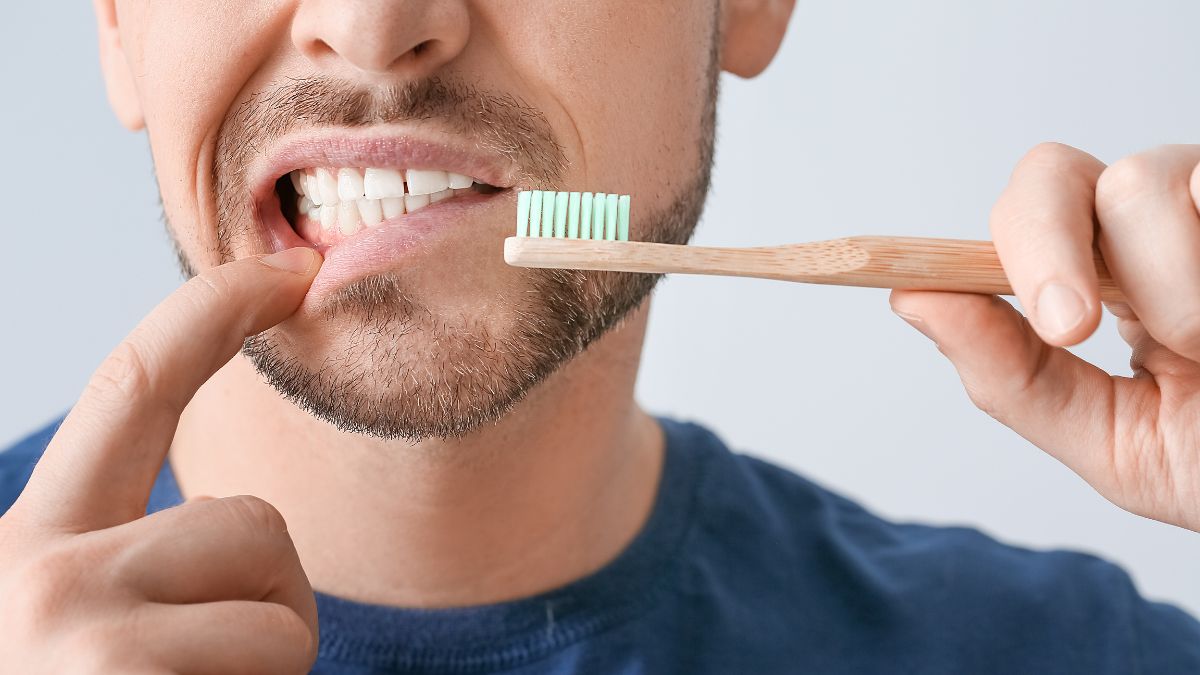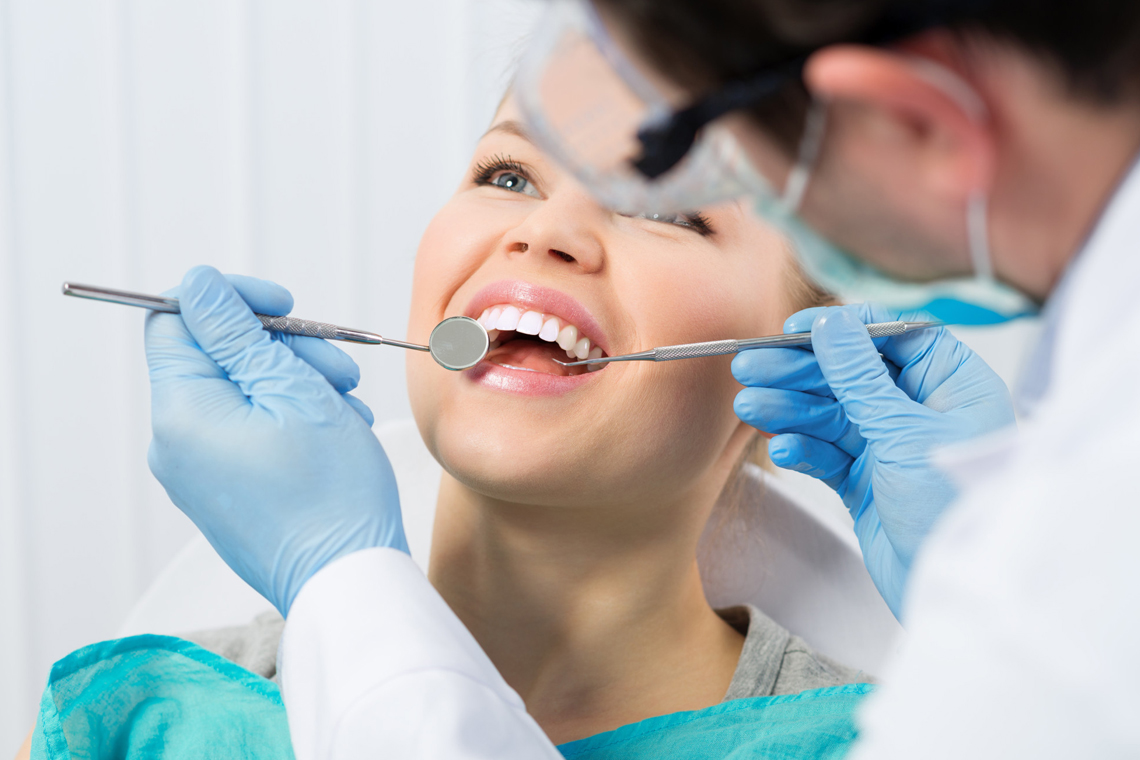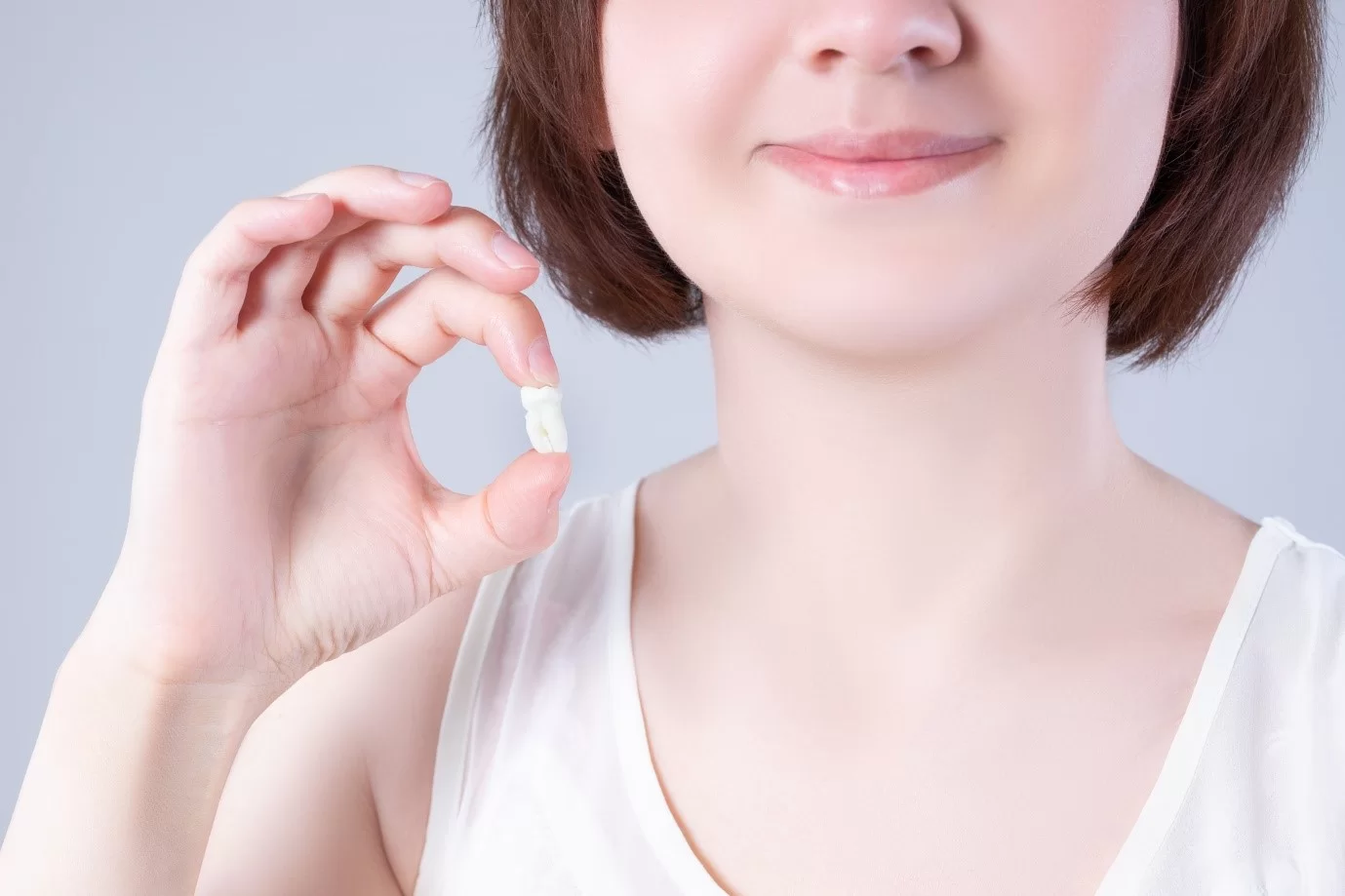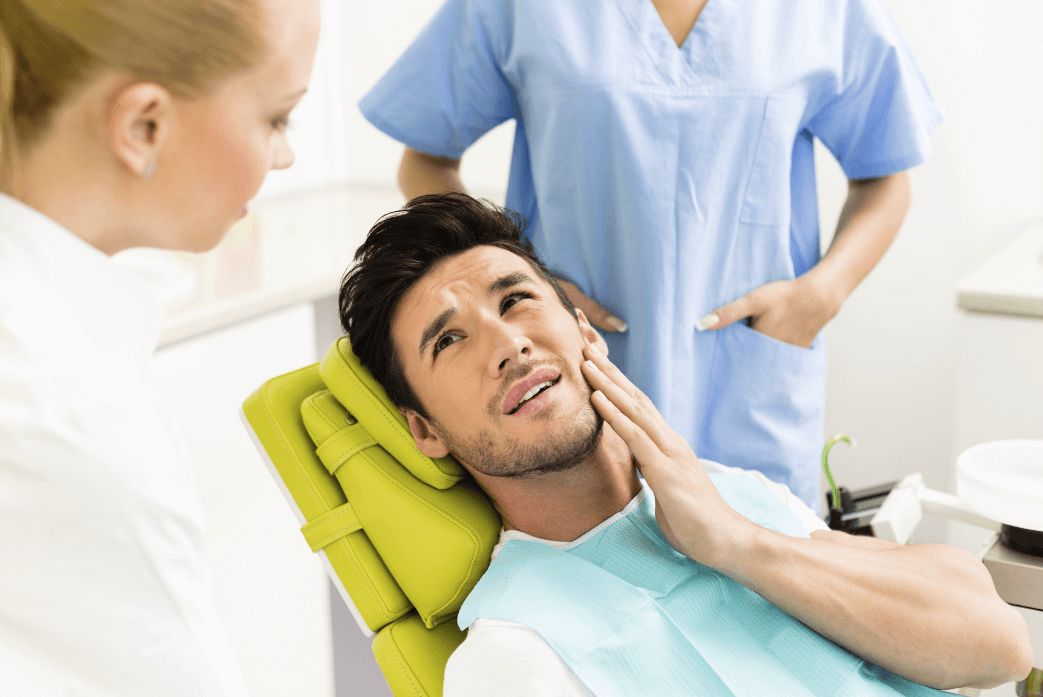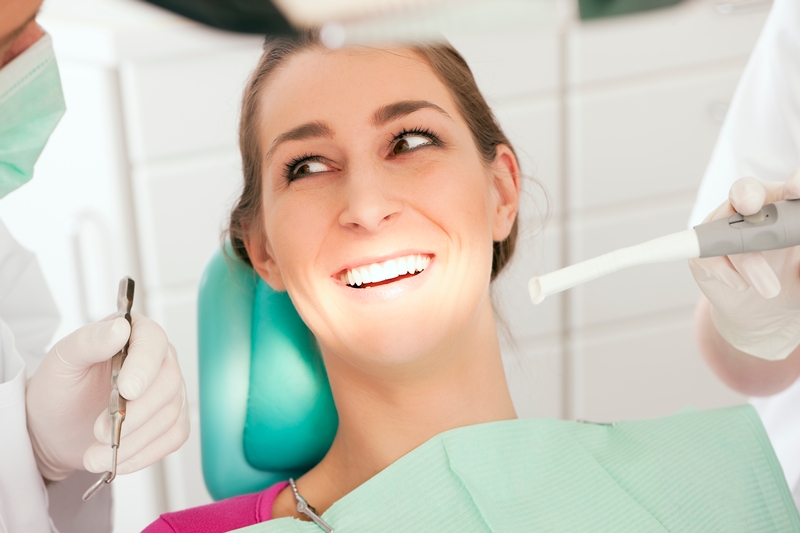Wisdom teeth removal in Sydney is a painful process and without the right dentist to guide you, the whole process becomes a nightmare. It is not just about removing the teeth but care must be taken after removal and that includes your diet.
Dental services like wisdom teeth extraction in Sydney take care of the entire process with utmost care to minimise discomfort to the patient. Your dentist will educate you about the procedure and diet to be taken along with dental hygiene tips to avoid any future dental problems.
Dentists generally may tell you to avoid hard foods and ask you to stick with liquids and soft foods for first 24 hours after extracting the wisdom tooth. However, knowing the right foods to take will help in speedy recovery.
Safe Liquids to Take
It is best to avoid high sugar and acid drinks as they irritate the gums around the extracted teeth. Cold drinks help reduce the pain and swelling. Sugar-free and healthy cold drinks like milkshakes, cold tea, are some which can be taken safely.
People who have sensitive teeth can take beverages like warm coffee, tea and soups to reduce the pain. Taking too hot drinks may aggravate the pain.
Semi-Solid foods to Take
Semi-solids that don’t put strain like mashed potatoes, cooked fruits, baked fish and pasta can be taken. Make sure that it doesn’t involve too much chewing. Oatmeal, bananas, omelettes, scrambled eggs, cooked cereals can be taken for breakfast.
Other foods like ice cream, desserts, soft cooked chicken, puddings free from sugar and other soft foods without involving much chewing are safe. It is best to take small bites.
Oral Hygiene after Extraction
You need to care of the teeth after you eat by rinsing with salt water for first twelve hours. You may use gentle mouthwash later as recommended by the dentist. It is important to follow the dentist’s advice and use brush gently and avoid the brush over the area where teeth extraction was done.
Proper oral hygiene after extraction avoids infections and any soreness, while redness and excessive pain should be reported to avoid complications.

